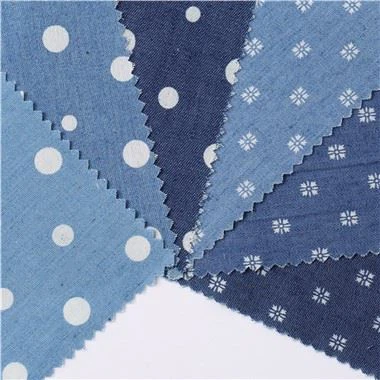What Is GSM in Nonwoven Fabric?
May 07, 2025
In the nonwoven fabric industry, GSM (full name: grams per square meter) is a key indicator that represents the weight of nonwoven fabric per square meter. It directly reflects the thickness and density of the material and is an important parameter for measuring the quality, strength, and use of nonwoven fabric.
Specific meaning
The higher the value: the thicker and denser the nonwoven fabric, and it is usually more durable (such as medical protective clothing, industrial cloth).
The lower the value: the lighter and softer the nonwoven fabric is (such as the inner layer of a disposable mask or wet wipes).
GSM range corresponding to common applications:
|
GSM range |
Typical use |
|
10-30 gsm |
Ultra-lightweight products (e.g., face masks, cotton pads) |
|
30-60 gsm |
Disposable products (e.g., wet wipes, inner layers of masks) |
|
60-100 gsm |
Medical supplies (surgical gowns, bed sheets) |
|
100-150 gsm |
Shopping bags, packaging materials |
|
150 gsm or more |
Durable materials (geotextiles, furniture padding) |
Why is GSM important?
Performance judgment: grammage affects breathability, water absorption, tensile strength, etc.
Cost control: High GSM usually costs more and needs to be balanced according to the purpose.
Production standards: Manufacturers must strictly meet the standards to ensure product consistency.
For example, medical surgical masks are usually made up of several layers of non-woven fabric, the outer waterproof layer is about 25-50 gsm, the middle melt-blown fabric is about 20-30 gsm, and the inner skin-friendly layer is about 15-30 gsm, the total weight determines the protection level and comfort.
If there is a specific purpose (such as purchasing non-woven products), the ideal GSM range can be further analyzed.







